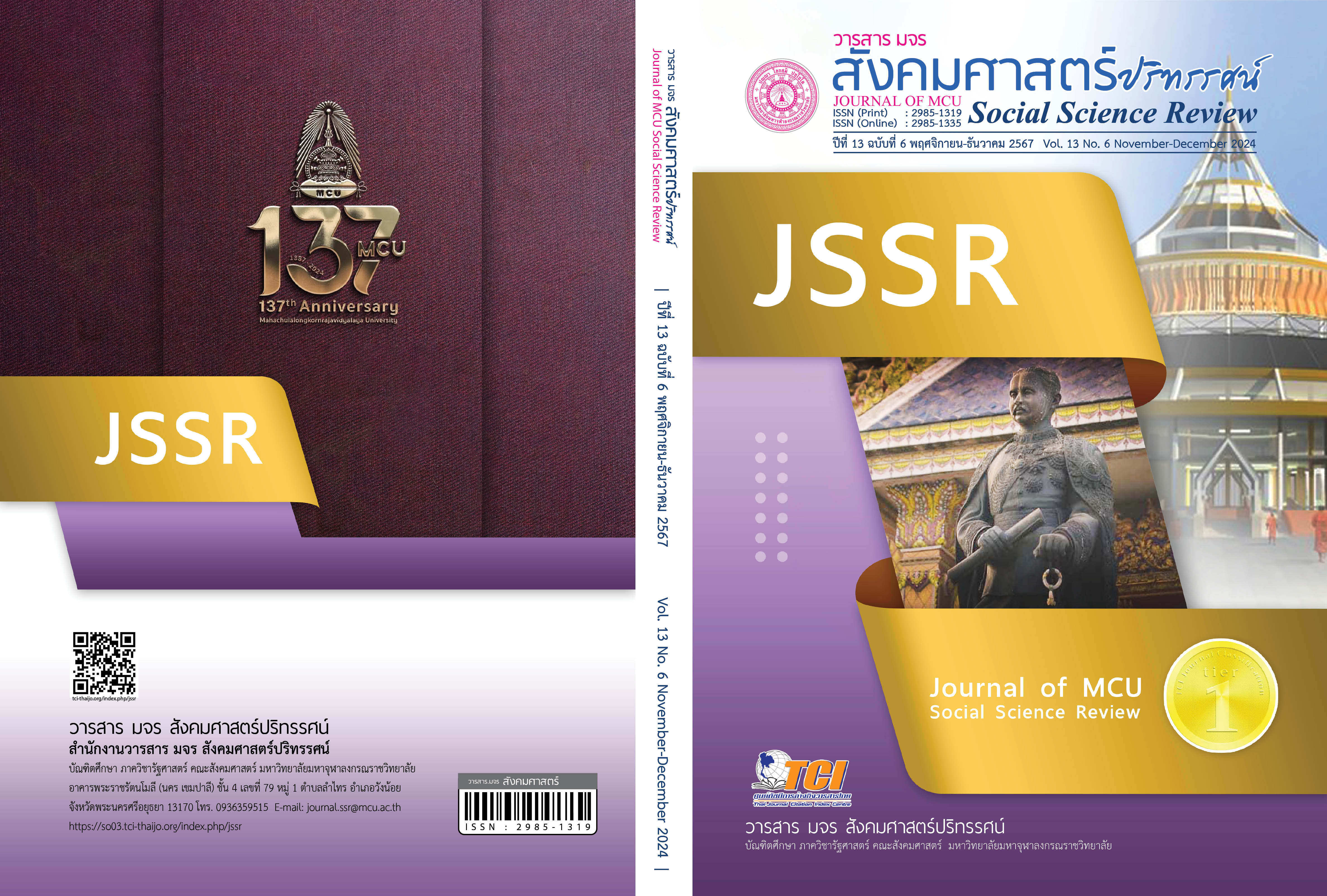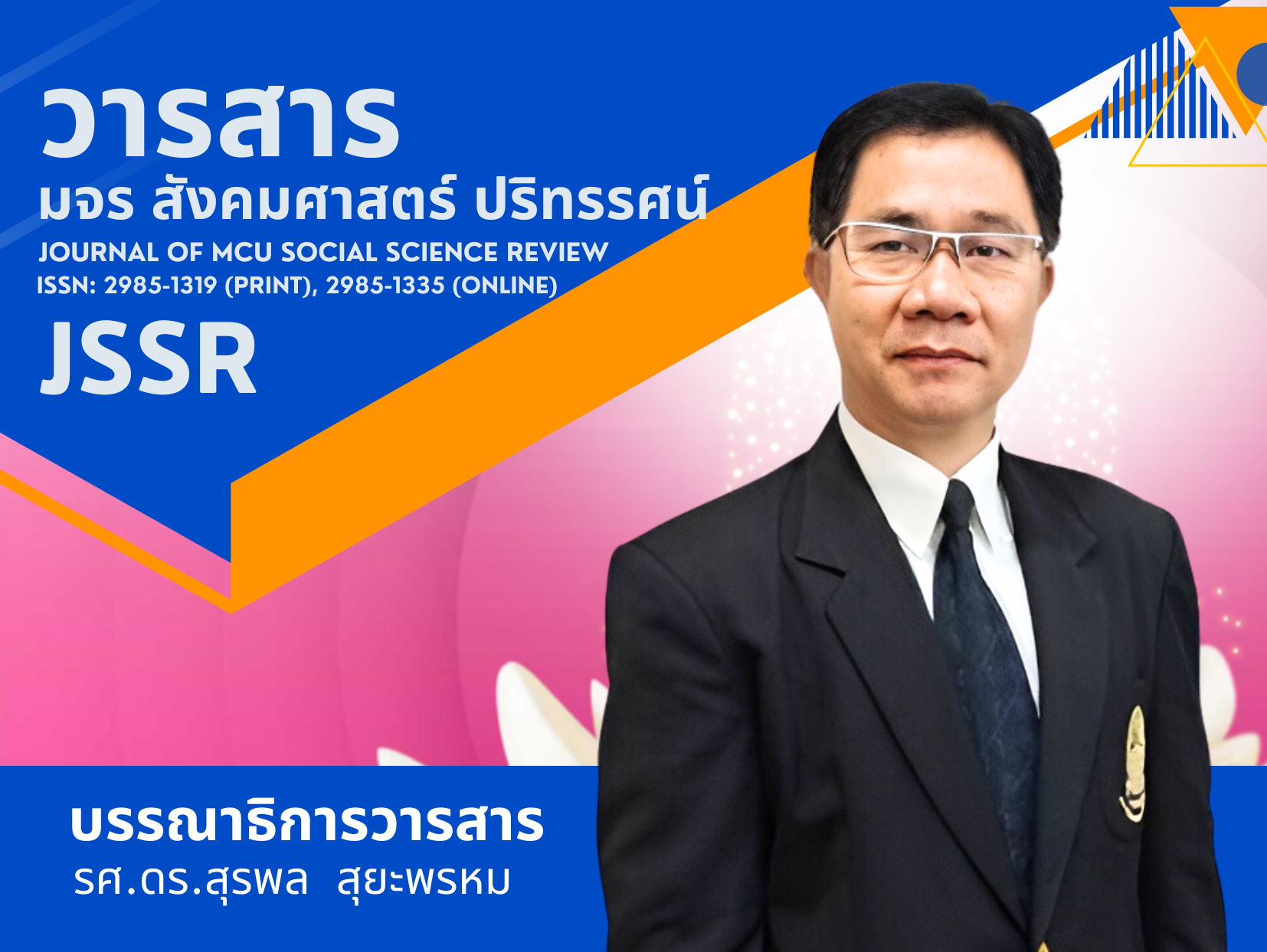การพัฒนาบุคลากรกลุ่มปฏิบัติการของโรงพยาบาลนวมินทร์ 9
คำสำคัญ:
การพัฒนา, บุคลากรกลุ่มปฏิบัติการ, ประสิทธิผล, โรงพยาบาลนวมินทร์ 9บทคัดย่อ
บทความวิจัยนี้มีวัตถุประสงค์ 1. ศึกษาประสิทธิผลของการพัฒนาบุคลากรของกลุ่มปฏิบัติการของโรงพยาบาลนวมินทร์ 9 2. ศึกษาปัจจัยที่ส่งผลต่อประสิทธิผลของการพัฒนาบุคลากรกลุ่มปฏิบัติการของโรงพยาบาลนวมินทร์ 9 และ 3.ศึกษาแนวทางในการพัฒนาบุคลากรของกลุ่มปฏิบัติการของโรงพยาบาลนวมินทร์ 9 วิจัยใช้รูปแบบการวิจัยเชิงผสมผสาน (Mixed Methodology) ทั้งการวิจัยเชิงปริมาณ (Quantitative Research) และการวิจัยเชิงคุณภาพ (Qualitative Research) ประชากร คือ คือบุคลากรกลุ่มปฏิบัติการของโรงพยาบาลนวมินทร์ 9 จำนวนประชากรทั้งหมด 768 คน โดยการสุ่มตัวอย่า จำนวน 242 คน ผู้ให้ข้อมูลสำคัญ คือ ผู้บริหารโรงพยาบาลนวมินทร์ 9 รองผู้อำนวยการฝ่ายบริการทรัพยากรบุคคล ผู้อำนวยการกองบริหารงานบุคคล ผู้อำนวยการกองระบบงานบุคคล หัวหน้าแผนกกองการบริหารงานบุคคล หัวหน้าแผนกกองระบบงานบุคคล บุคลากรตำแหน่งปฏิบัติการ จำนวน 12 คนใช้แบบสอบถามเป็นเครื่องมือในการเก็บรวบรวมข้อมูล สถิติที่ใช้ในการวิเคราะห์ข้อมูล
ผลการวิจัยพบว่า ความคิดเห็นเกี่ยวกับคุณภาพชีวิตการทำงานของพนักงานของโรงพยาบาลนวมินทร์ 9 กรุงเทพมหานคร โดยรวมอยู่ในระดับปานกลาง เมื่อพิจารณาเป็นรายด้าน พบว่า อยู่ในระดับปานกลาง ทั้ง 8 ด้าน โดยเรียงลำดับจากมากไปหาน้อย คือ ด้านประชาธิปไตยในองค์กร ด้านลักษณะงานที่เป็นประโยชน์ต่อสังคม ต่อมาคือด้านโอกาสในการพัฒนาสมรรถภาพของบุคคล ด้านการบูรณาการทางสังคมหรือการทำงานร่วมกัน ด้านสภาพการทำงานที่คำนึงถึงความปลอดภัยและส่งเสริมสุขภาพ ด้านความมั่นคงและความก้าวหน้าในงาน ต่อมาคือ ด้านความสมดุลระหว่างงานและชีวิตส่วนตัว และสุดท้ายคือ ด้านค่าตอบแทนเพียงพอและยุติธรรมตามลำดับ ผลการวิเคราะห์ระดับความคิดเห็นเกี่ยวกับประสิทธิผลของการพัฒนาบุคลากรระดับปฏิบัติการ โดยใช้การวิเคราะห์หาค่าเฉลี่ย ส่วนเบี่ยงแบนมาตรฐาน โดยรวมอยู่ในระดับมากโดยรวมอยู่ในระดับมาก และผลการวิเคราะห์ระดับความคิดเห็นเกี่ยวกับปัจจัยที่ส่งผลต่อประสิทธิผลของการพัฒนาบุคลากรปฏิบัติการ โดยรวมอยู่ในระดับมาก
References
จำเรียง วัยวัฒน์ และเบญจมาศ อ่ำพันธุ์. (2540). วินัย 5 ประการ พื้นฐานองค์กรเรียนรู้ (พิมพ์ครั้งที่ 2). กรุงเทพฯ: โรงพิมพ์เอ็กซ์เปอร์เน็ท.
ประชุม รอดประเสริฐ. (2528). การบริหารบุคลากรทางการศึกษา. กรุงเทพฯ: มหาวิทยาลัยศรีนครินทรวิโรฒประสานมิตร.
ประเวศน์ มหารัตน์กุล. (2542). การบริหารทรัพยากรมนุษย์แนวทางใหม่. กรุงเทพฯ: สมาคมส่งเสริมเทคโนโลยี (ไทย-ญี่ปุ่น).
พนัส หันนาคินทร์. (2526). การบริหารบุคลากรในโรงเรียน. กรุงเทพฯ: มหาวิทยาลัยศรีนครินทรวิโรฒประสานมิตร.
ภัชราพรรณ รัตนะ. (2551). การพัฒนาบุคลากร. สืบค้น 24 ตุลาคม 2567, จาก https://shorturl.asia/I871D
เรณู แสงสุวรรณ. (2556). การพัฒนาตัวแบบองค์การแห่งการเรียนรู้กลุ่มการพยาบาลโรงพยาบาลสุราษฎร์ธานี. นนทบุรี: มหาวิทยาลัยสุโขทัยธรรมาธิราช.
สุธินี ฤกษ์ขํา. (2558). การพัฒนาทรัพยากรมนุษย์: หลักการและการประยุกต์. กรุงเทพฯ: สํานักพิมพ์แห่งจุฬาลงกรณ์มหาวิทยาลัย.
สุริยา มนตรีภักดิ์. (2550). บทบาทของผู้บริหารสถานศึกษาในการพัฒนาบุคลากรตามมาตรฐานการปฏิบัติงานของข้อบังคับคุรุสภา 2548 ในสถานศึกษา สังกัดสานักงานเขตพื้นที่การศึกษาเพชรบุรี เขต 1 (สารนิพนธ์การศึกษามหาบัณฑิต สาขาวิชาการบริหารการศึกษา). กรุงเทพฯ: มหาวิทยาลัยศรีนครินทรวิโรฒ.
Krejcie, R. V. & Morgan D. W. (1970). Determining Sample Size for Research Activities. Educational and Psychological Measurement, 30(3), 607-610.
Senge, P. M. (1990.The fifth discipline: The art and practice of the learning organization. London: Century Press.
Downloads
เผยแพร่แล้ว
How to Cite
ฉบับ
บท
License
Copyright (c) 2024 วารสาร มจร สังคมศาสตร์ปริทรรศน์

This work is licensed under a Creative Commons Attribution-NonCommercial-NoDerivatives 4.0 International License.
เพื่อให้เป็นไปตามกฎหมายลิขสิทธิ์ ผู้นิพนธ์ทุกท่านต้องลงลายมือชื่อในแบบฟอร์มใบมอบลิขสิทธิ์บทความให้แก่วารสารฯ พร้อมกับบทความต้นฉบับที่ได้แก้ไขครั้งสุดท้าย นอกจากนี้ ผู้นิพนธ์ทุกท่านต้องยืนยันว่าบทความต้นฉบับที่ส่งมาตีพิมพ์นั้น ได้ส่งมาตีพิมพ์เฉพาะในวารสาร มจร สังคมศาสตร์ปริทรรศน์ เพียงแห่งเดียวเท่านั้น หากมีการใช้ภาพหรือตารางหรือเนื้อหาอื่นๆ ของผู้นิพนธ์อื่นที่ปรากฏในสิ่งตีพิมพ์อื่นมาแล้ว ผู้นิพนธ์ต้องขออนุญาตเจ้าของลิขสิทธิ์ก่อน พร้อมทั้งแสดงหนังสือที่ได้รับการยินยอมต่อบรรณาธิการ ก่อนที่บทความจะได้รับการตีพิมพ์ หากไม่เป็นไปตามข้อกำหนดเบื้องต้น ทางวารสารจะถอดบทความของท่านออกโดยไม่มีข้อยกเว้นใดๆ ทั้งสิ้น




